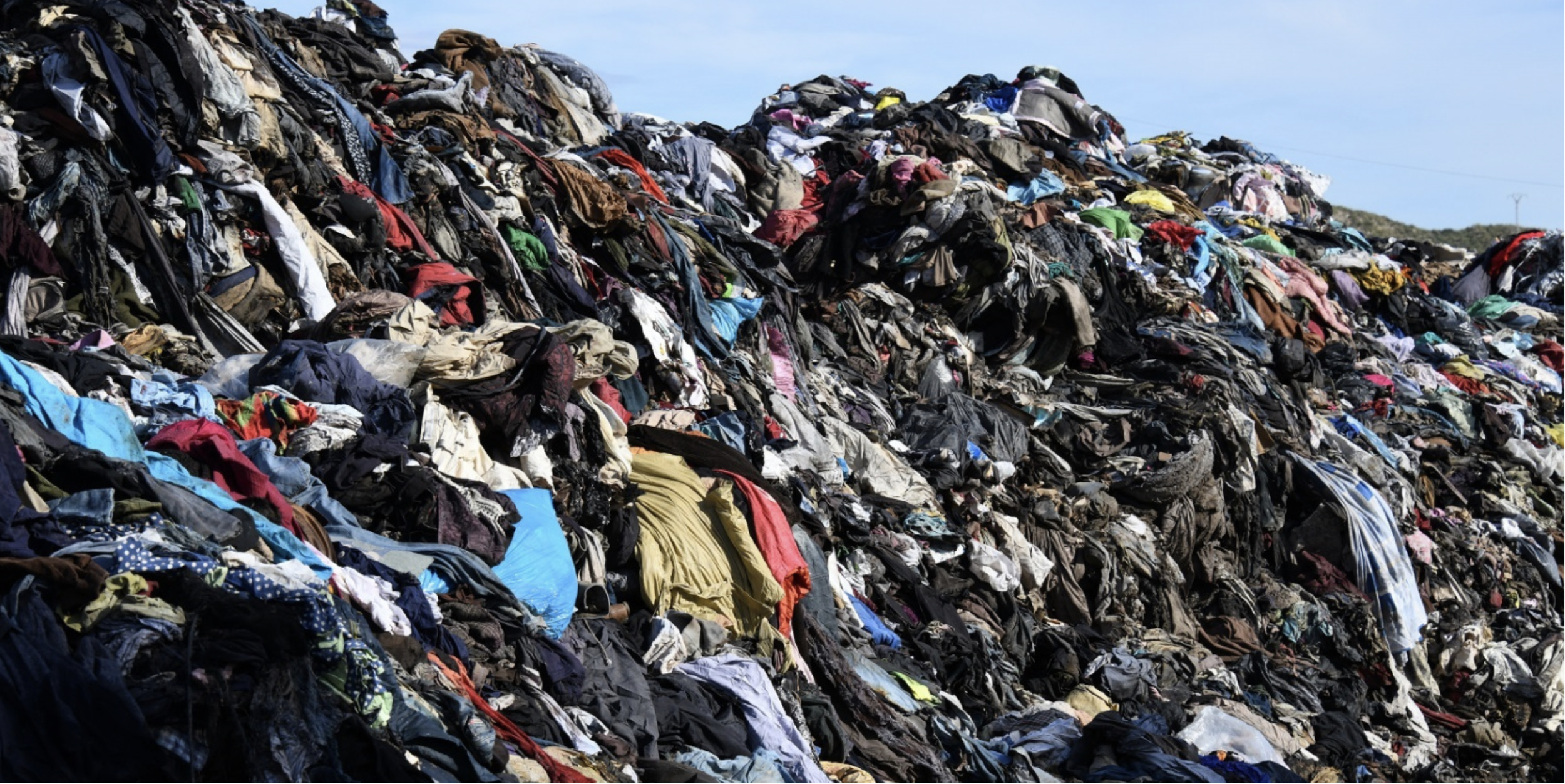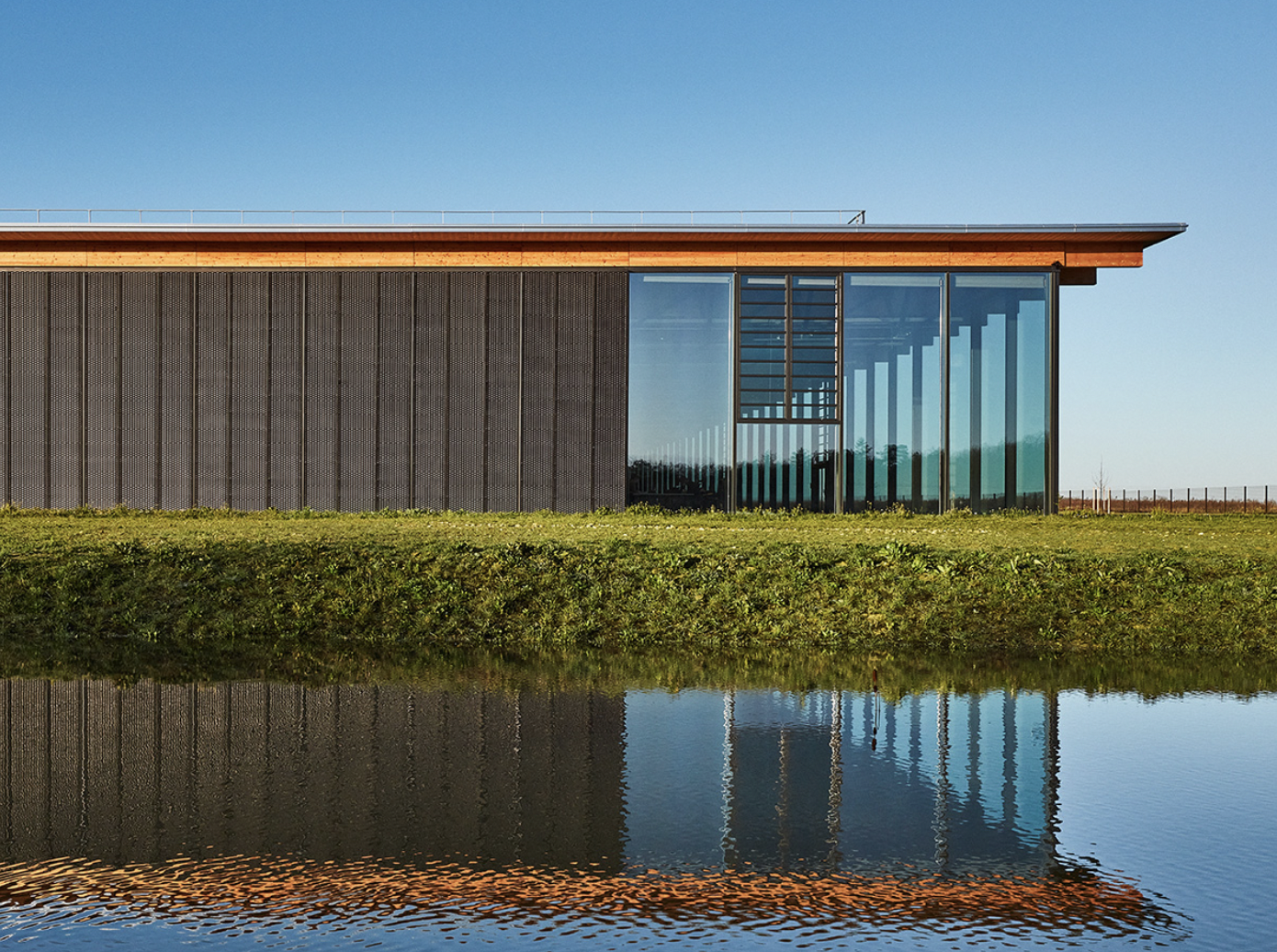As Vivienne Westwood Said, "Buy less, choose well."
by: Gabrielle Traylor
Whether you buy a luxurious Versace dress or $30 dollar jeans from American Eagle, your purchase makes you a player in one of the largest industries in the world. The fashion industry has a value of 2.5$ trillion dollars worldwide and employs abouts 75 million people. A business sector this large requires an extensive amount of resources: fabrics, land, human labor, and more.This makes the fashion industry one of the highest contributors to waste and environmental degradation.
In recent years, fashion business models have changed dramatically. Companies have streamlined their operations, making it easy to produce large quantities of product to meet rising consumer demand. This business model encourages customers to constantly add to their closets.The promise of versatility in people’s wardrobes with quick accessibility solidifies their likelihood to spend. People don’t hesitate to buy–for example the purchase of garments has increased by about 60% per person since 2000, and consumers aren’t keeping the clothing items half as long as they used to.
Source: Shuttershock
Everyone is familiar with the power of social media, especially multimillion dollar corporations. Younger audiences have been using social media to spread awareness about companies’ wrongdoings and negative environmental impact. Viral videos calling out harmful practices are hurting companies’ profits and forcing them to take responsibility for their impact. The shift toward embracing corporate social responsibility has become necessary for businesses to survive. When it comes to fashion, the mass production and low cost structure has made the industry a primary target for criticism regarding their ecological footprint.
According to the UN’s global agenda for change, sustainable development is necessary to combat global issues. But what is sustainable development? “Development that meets the needs of the present without compromising the ability of future generations to meet their own needs” (World Commission on Environment and Development). In order to reach sustainable development, the fashion industry must operate in a way that benefits the economy, environment, society, and culture, and refrains from altering the course of future generation’s prosperity. Promoting the well being of people, communities, and mother nature should be simple enough, but it can be difficult to enforce on a large scale.
There is a difference between the effects of fast and luxury fashion on the world. Luxury fashion is already ahead of fast fashion brands, like Zara and Shein, when it comes to sustainability. High fashion brands prioritize exclusivity, making it difficult for many people to obtain their products. This means luxury brands already require less production, distribution, and waste. Fast fashion brands romanticize excess for its consumers by offering limitless variations of clothes at cheaper prices. People are encouraged to keep coming back for the same piece in another color, fast delivery, and clothes that mimic current fashion trends.
As fast fashion continues to deplete natural resources, sustainable practices have become more common for many luxury houses. Although luxury fashion brands have been set in their ways for a long time, the crackdown on climate change and demand for greener practices have opened their minds to alternative business models. In honor of the late Christian Dior and his love for nature, Christian Dior Parfums introduced the Dior Cultural Gardens initiative to encourage discourse between artists and gardeners, preserving the link between creativity and nature. This initiative sponsors the restoration of the famous Queen’s Grove at the Chateau de Versailles. Its goal is to plant more than 600 rose gardens. This three-year replanting program will emphasize the value of sustainable agriculture and environmental protection.
Louis Vuitton’s push toward sustainable development included the opening of two new leather workshops in Vendôme, one of which is eco-designed. The Oratoire, a fine leather atelier, is setting standards in the industry for its groundbreaking bioclimatic design. The building is made from 100% recycled metal and all of its wood comes from sustainably managed forests. There are many features to this structure that make it a leader in conscientious production. These two leather workshops also contribute to the community and societal aspects of sustainability by employing local talent and training people from diverse backgrounds. LV has promised to employ about 1000 additional people by the end of 2024. This move is an ethical decision that has a positive effect: the employment of marginalized people in the surrounding community.
For more on sustainable fashion, check out:


